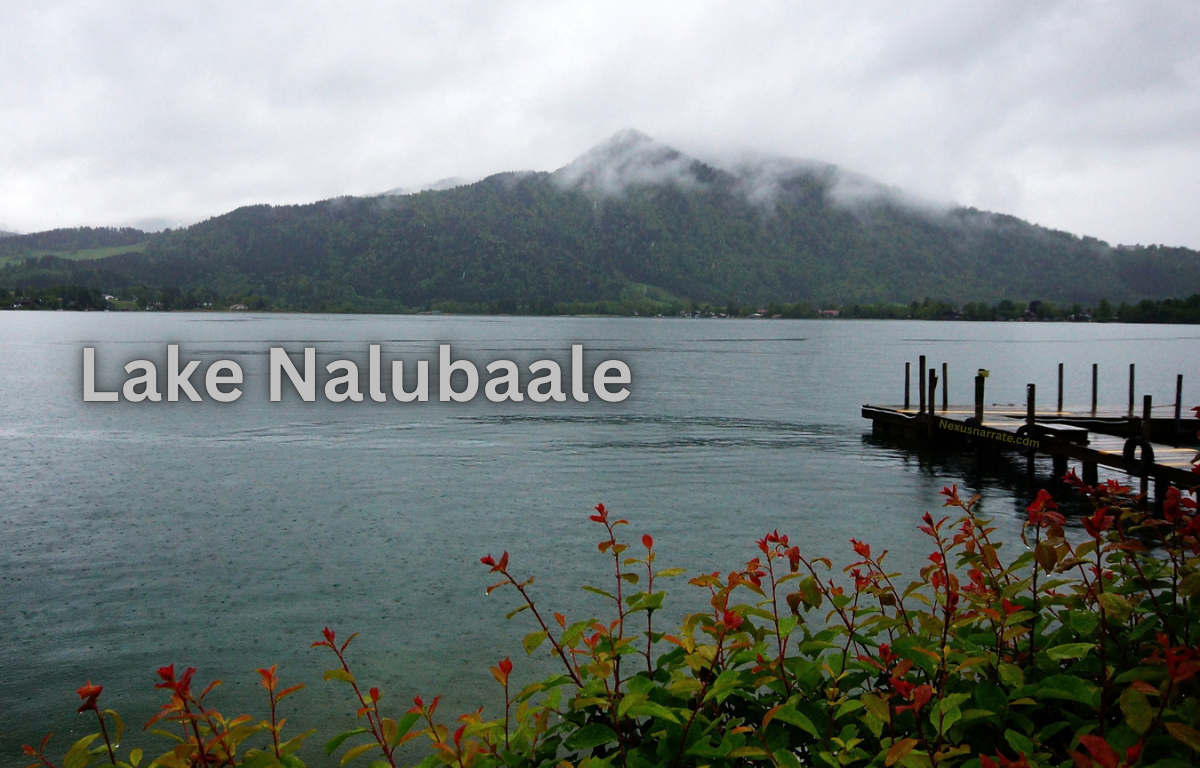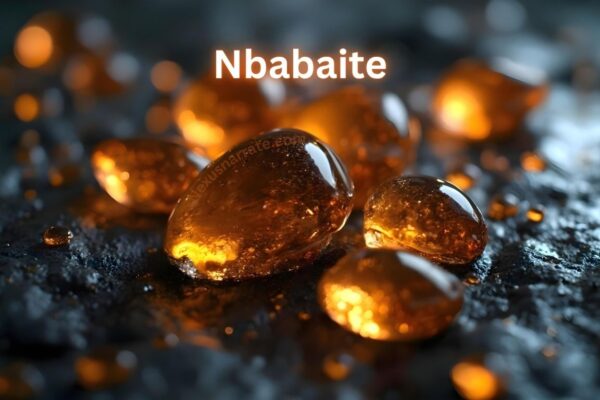Nestled in the heart of Uganda, Lake Nalubaale is a serene enclave waiting to be discovered. Often overshadowed by its more famous counterparts, this majestic body of water boasts breathtaking landscapes and rich biodiversity. Whether you’re an avid adventurer or simply seeking tranquility, Lake Nalubaale offers an escape from the ordinary. Join us as we dive into the enchanting features that make this hidden gem truly special.
Exploring the Beauty of Lake Nalubaale: A Hidden Gem in Uganda
Lake Nalubaale, often referred to as the source of the Nile, captivates with its stunning vistas. The shimmering waters reflect vibrant sunsets, while lush greenery surrounds its shores.
This hidden treasure is perfect for nature lovers. Kayaking or sailing here reveals secluded islands and diverse wildlife that thrive in this picturesque setting. Every corner of Lake Nalubaale tells a story waiting to be explored and appreciated by visitors eager for adventure.
Introduction
Lake Nalubaale, often overshadowed by its more famous counterparts, is a stunning treasure tucked away in Uganda. This expansive body of water offers breathtaking views and diverse ecosystems that enchant visitors.
As the largest part of the Nile River system, it boasts crystal-clear waters and lush shores. Its beauty invites adventurers and nature lovers alike to explore this hidden gem while discovering unique wildlife and rich cultural heritage surrounding the lake.
Geology
Lake Nalubaale’s geology is fascinating, shaped by ancient volcanic activity and tectonic movements. Its formation dates back millions of years, linking it to the vast East African Rift system.
The surrounding landscape features lush greenery, rocky outcrops, and sedimentary deposits. This intricate geological history contributes to the lake’s unique beauty and biodiversity, making it a significant natural landmark in Uganda.
Also Read: https://nexusnarrate.com/kazefuri/
Hydrology and Limnology
Lake Nalubaale is a remarkable body of water, characterized by its unique hydrological features. It serves as the main reservoir for the Nile River, playing a crucial role in regulating water flow and supporting surrounding ecosystems.
Limnologically, Lake Nalubaale exhibits diverse physical and chemical properties. Its warm waters promote biodiversity, fostering various aquatic life forms that thrive within this vibrant ecosystem. The lake’s dynamic interactions with its environment make it an essential subject of study for scientists and nature enthusiasts alike.
Bathymetry
Lake Nalubaale’s bathymetry reveals a fascinating underwater landscape. Its depths vary significantly, creating unique habitats for diverse aquatic life.
The lake features both shallow areas and deeper zones, with some spots reaching over 30 meters deep. This variation contributes to its ecological richness, making it an important site for research and exploration. Each contour tells a story of the lake’s formation and evolution through time.
Native Wildlife
Lake Nalubaale is a sanctuary for diverse wildlife. Birdwatchers can spot colorful species like the African Fish Eagle and Great Cormorant soaring above the water. The lake’s shoreline is often alive with activity, as various aquatic birds nest in its lush vegetation.
Underwater, the lake teems with life too. Schools of tilapia swim among reeds, providing sustenance for both local communities and predators. This rich biodiversity makes Lake Nalubaale an ecological treasure worth protecting.
Fisheries
Lake Nalubaale thrives with diverse fisheries, attracting local fishermen and enthusiasts alike. The rich waters are home to various fish species, including tilapia and catfish, which play a vital role in the community’s diet.
Fishing is not just a livelihood; it’s a cultural practice passed down through generations. Sustainable fishing practices are essential here to preserve these resources for future generations while ensuring the ecosystem remains balanced and healthy.
Environmental Issues
Lake Nalubaale faces significant environmental challenges. Pollution from agricultural runoff and urban waste threatens its delicate ecosystem. As human activities increase, the fragile balance is further disrupted.
Invasive species also pose a major threat to native wildlife. These newcomers can outcompete local flora and fauna, leading to declines in biodiversity. Protecting this hidden gem requires urgent action to address these pressing issues before they escalate further.
History and Exploration
Lake Nalubaale has a rich history, intertwined with the local cultures of Uganda. Its shores have been home to communities for centuries, who relied on its resources for sustenance and trade.
Explorers in the 19th century marveled at this vast body of water. They documented its beauty and significance, paving the way for further exploration. Today, Lake Nalubaale stands as a testament to both natural wonder and human connection.
Water Use
Lake Nalubaale serves as a vital water source for nearby communities. Its waters are essential for domestic use, agriculture, and livestock farming. The lake’s proximity to urban areas has increased its significance over time.
Additionally, industries rely on Lake Nalubaale for their operations, making it an economic lifeline. As various sectors draw from the lake, balancing demand with conservation becomes crucial to maintaining this precious resource.
Transport
Transport around Lake Nalubaale is vital for connecting communities and facilitating trade. Ferries provide essential links between the various shores, enabling locals to transport goods and travelers alike.
Additionally, roads around the lake support both personal vehicles and commercial traffic. Exploring this stunning area often involves boat rides that offer unique views of the landscape while contributing to a vibrant tourism scene. The accessibility enhances appreciation for this hidden gem in Uganda.
Mythological Significance: Mukasa Spirit of Lake Nalubaale
In Ugandan mythology, Mukasa is revered as the spirit of Lake Nalubaale. This deity embodies the lake’s essence, symbolizing fertility and abundance. Locals often pay homage to Mukasa through rituals, seeking blessings for their fishing endeavors.
Mukasa’s influence extends beyond mere superstition; it fosters a deep cultural connection to the lake. Stories of her power remind people of their bond with nature and highlight the importance of respecting this hidden gem in Uganda’s landscape.
Economic Significance
Lake Nalubaale plays a vital role in Uganda’s economy. The lake supports local communities through fishing, which provides livelihoods and sustenance for families. Its waters teem with various fish species, making it an important source of income.
Tourism is another economic driver linked to Lake Nalubaale. Visitors flock to experience its breathtaking beauty, boosting local businesses and promoting cultural exchange. This hidden gem offers both natural wonder and economic opportunity for the surrounding regions.
Ecological Threats and Conservation Efforts
Lake Nalubaale faces various ecological threats, including pollution from agricultural runoff and urban waste. These factors compromise water quality and harm native species.
Conservation efforts are underway to protect this precious ecosystem. Local organizations promote sustainable fishing practices and habitat restoration initiatives. Community awareness programs aim to engage residents in preserving the lake’s natural beauty for future generations. Together, these actions contribute to safeguarding Lake Nalubaale’s unique environment.
Governance and Management
Governance and management of Lake Nalubaale involve various stakeholders, including government agencies, local communities, and environmental organizations. Collaborative efforts ensure that the lake’s resources are utilized sustainably while preserving its unique ecosystems.
Effective policies are essential for balancing economic development with conservation needs. Regular monitoring and community engagement help address challenges like pollution and overfishing. Empowering local populations fosters stewardship, ensuring that this hidden gem remains vibrant for future generations.
Conclusion
Lake Nalubaale stands as a testament to Uganda’s diverse natural beauty. Its unique geology and rich biodiversity make it a vital ecological treasure. The lake is not just a source of livelihood but also holds deep cultural significance for the local communities. Efforts to address environmental threats are crucial for preserving this hidden gem. As more people discover its charm, Lake Nalubaale has the potential to become an essential part of Uganda’s tourism narrative, showcasing both its beauty and importance in sustaining life in the region. Exploring Lake Nalubaale offers an opportunity to appreciate what makes Uganda truly remarkable.








